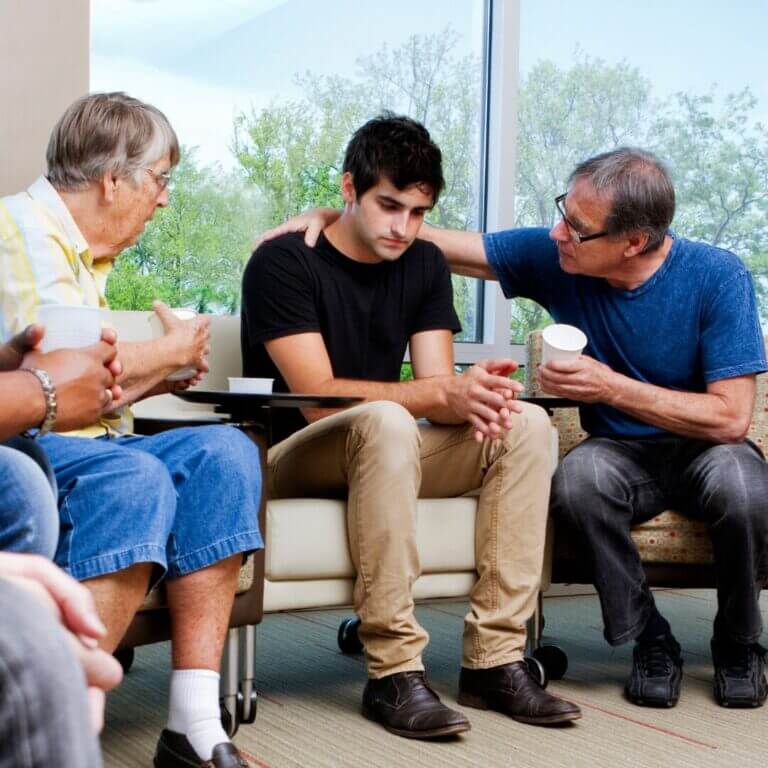And Incorporating Them Into Treatment Programs
Our society is endlessly inventing. Each year we come up with new tech, toys, research, art and discussions! Perhaps what will be one of the most important discussions in the upcoming years is our understanding of how our genes bring us together more than they separate us. With gene-reading technology in the price range of a typical consumer, we can find out our genetic makeup with a simple spit-swab, some postage, and a couple weeks wait. As more and more people analyze their genetic makeup, we’re finding out just how deeply mixed American culture truly is. Individual races are no longer the norm. Mixed races, with tiny hints and flairs of genes from all over the world, are becoming ever more prevalent. But culture is still a subjective and deeply influential aspect of our makeup. As we’re pioneering into this technological, information-heavy age, we’re finding out more and more about what aspects of our culture aren’t mixing with the most common aspects of substance dependence recovery programs.
Substance dependency (commonly called addiction) is one of the most prevalent and pressing behavioral health diseases of this century, and the numbers are growing year-over-year. In 2017 alone (the last recorded year from the Center of Disease Control (CDC)) there were over 70,000 recorded overdose deaths in the US. Among certain ethnic groups, such as African Americans, Native Americans, Latinos, and Alaskan Natives, these numbers are higher than others. For Native Americans, a mixture of lacking research (in part due to the nature of reservations) as well as poor socioeconomic conditions, has led to a rise in the use of alcohol, binge drinking, and cocaine. A lack of culturally-sensitive treatment programs further complicates the crisis, with traditional recovery programs failing to capture the attention or retention of young Native Americans most in need.
One program, the Wellbriety Movement (wellbriety.com), is working to implement more culturally-considerate recovery options to allow a greater number of Native Americans to seek the treatment they may need. The Wellbriety program takes a lot of the concepts of traditional recovery programs, such as Cognitive Behavioral Therapy (CBT), meditation, and group therapy and makes it more relatable and approachable for Native American youths by packaging it in a way that is more familiar, such as Naming Ceremonies, sage smudging, drum circles, and dancing. The end result is a recovery option that is both culturally sensitive and clinically effective.
One of the issues holding back a more widespread rollout of these programs is the lack of actionable data on the effectiveness. Meta-analysis have found that as a whole, programs like Wellbriety can effectively combine traditional Alcoholics Anonymous techniques (AA) with culturally-competent variations (The Role of Culture in Substance Abuse Treatment Programs for American Indian and Alaska Native Communities, Legha, Rupinder Kaur, M.D. and Novins, Douglas, M.D.). However, the variations of implementation in other cultures, or even other programs, can confuse the data, leading to many research articles finding inconclusive, or even contradictory data on the matter.
High-capacity treatment programs, which often have the staff and capabilities to simultaneously treat substance dependency, mental health disorders, and HIV, have been found to be particularly effective in African American communities, where such comorbid disorders are often more pronounced (Paths to improving engagement among racial and ethnic minorities in addiction health services, Guerrero, Erick G., et al.). Because comorbid disorders are particularly difficult to treat with substance recovery, programs that can specialize in the techniques to treat these disorders simultaneously have found better retention for this critical group, compared to low capacity programs.
As we strive each day at Ashley to provide more families with proven, researched techniques in a comfortable, productive home-like environment, we will be keeping a close eye on our growing understanding of cultural competencies and treatment. Our ultimate goal is to provide a true and everlasting pathway to recovery.



